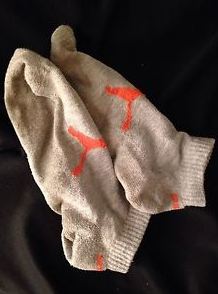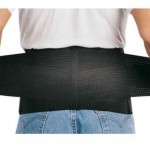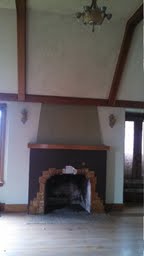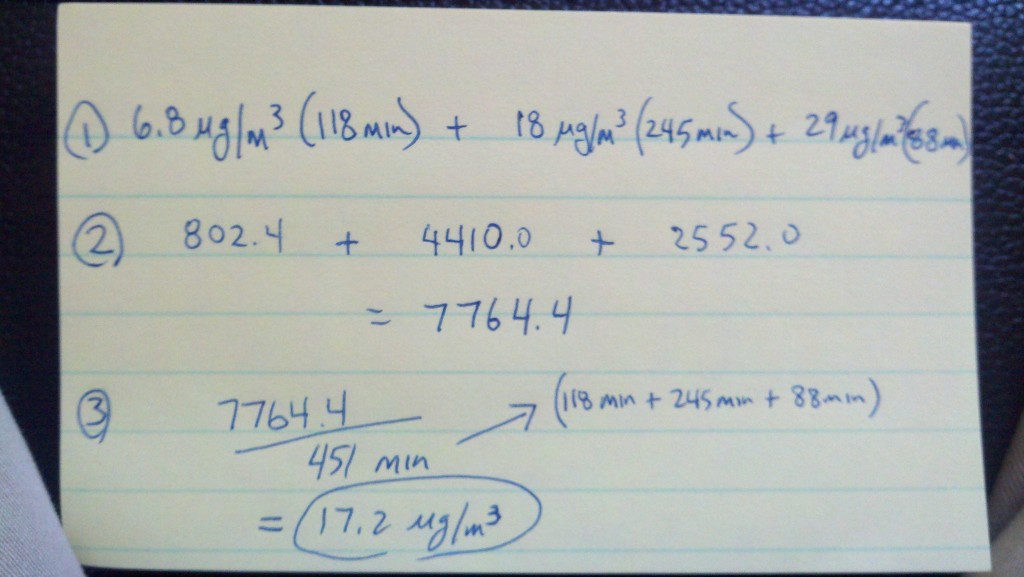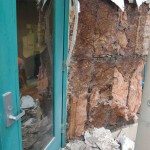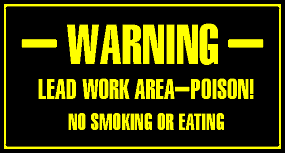Wed 17 Sep 2014
Indoor Air Quality- dirty sock syndrome
Posted by admin under AIHA, Asthma, Building Survey, Engineering Controls, Hazard Communication, IAQ, Management, Mold, odor thresholds, Olfactory, Uncategorized, ventilation
Comments Off on Indoor Air Quality- dirty sock syndrome
Do you smell dirty clothes in your indoor building? Do you suspect your heating ventilation and air conditioning system of causing the smells?
It might be what’s called, “Dirty sock syndrome”. Typically found in high humidity locations. A brief video overview can be found here (You Tube 2:03)
Lawrence Berkeley National Laboratory has good information on indoor air quality and how it affects people as they work. They also have some scientific information about how improving the indoor space (by ventilation, temperature, particles, etc) can create a better environment.
AIHA has a “Position Statement on Mold and Dampness in the Built Environment” (March, 2013). Â It lays out the reasons to control moisture in a building, and some basic steps for remedy (spoiler: air sampling doesn’t usually help).
Bottom line: Check your coils before replacing your entire system. Replacing these might be cheaper. Or, sometimes they can be cleaned, but it is a strict protocol. One possible solution is here (I do not endorsement, or recommend this particular product/brand. Do your own research).
Unfortunately I have no problem finding an appropriate picture for this blog on Ebay. People are weird. Yuk.
